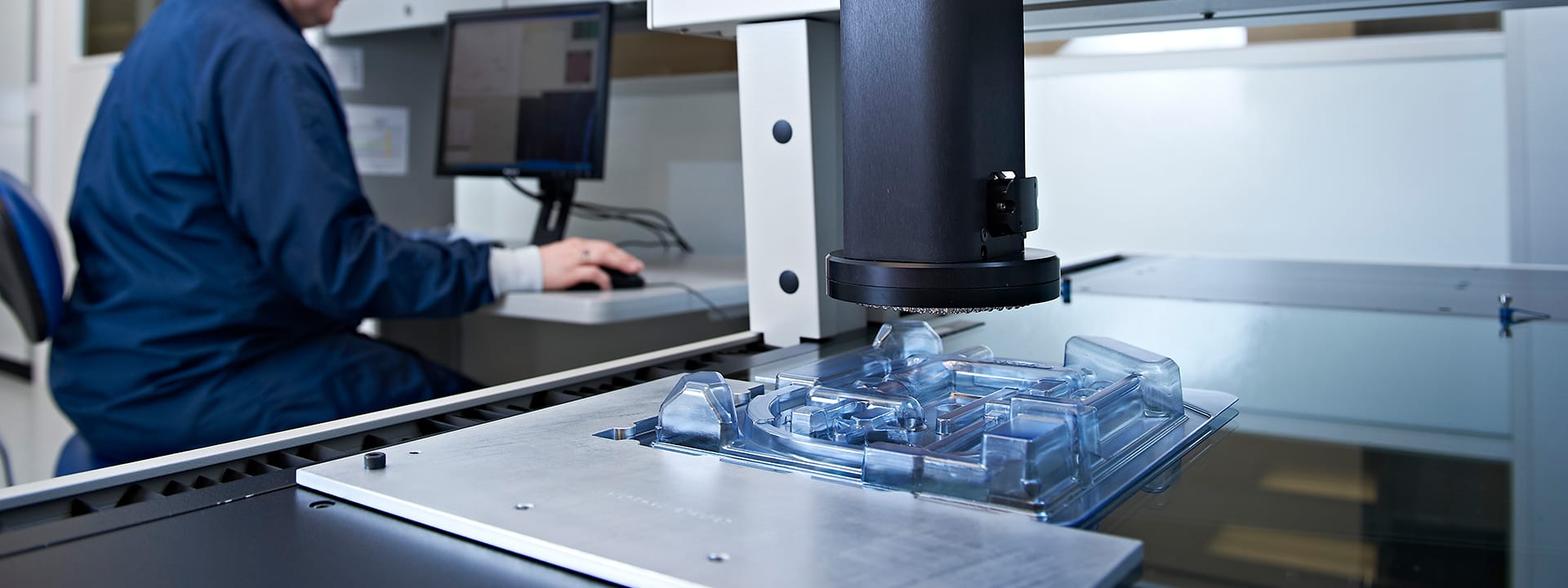One of the biggest (and most common) mistakes that medical product innovators make is waiting until the eleventh hour to consider their packaging needs. There’s not much worse than planning a product launch date, only to find out you won’t get FDA regulatory approval on your labeling for another six months.
So to help you avoid catastrophe, here’s a five-step guide on how (and when) you need to start preparing for package design and development for your medical product.
Step One: Involve a Packaging Provider from the Beginning
There are a litany of great reasons to open a channel of communication with a packaging provider during product planning, but the most enticing is their value as a consultant.
To start, they can give you helpful material and design options, plus cost guidance. Additionally, they can help ideate packaging solutions that accommodate your end user's needs, share production time estimates, and clue you in on industry quirks that could impact your own development timeline.
In today's world of stressed supply chains, the sooner you can being your packaging design the better, to ensure you can get your chosen materials in time for production (and help you avoid fees associated with rush delivery).
Step Two: Give your Packaging Provider Periodic Design Updates
You certainly don’t have to involve them intimately throughout every step of the process, but even a simple, sporadic line of communication with your packaging provider can make your life a whole lot easier.
A baseline effort to keep the packaging engineers in the loop can help them fill in the blanks earlier on in the process. That’s beneficial for you, because it means you’ll likely get a prototype build much sooner than you would otherwise.

Step Three: Collaborate Closely with your Packaging Provider during Verification Testing
Is the sterile barrier system effective and user-friendly? Do the design cues lead your consumers swiftly to proper handling and opening of the package? Do healthcare workers find the directions confusing or tough to follow? These are all things you’ll want to know well before manufacturing transfer.
This, of course, involves a close collaboration with your packaging provider. And if you’ve communicated effectively up to this point, they should have a top quality prototype build ready to go when you need it. This is also around the time when you’ll want to gather data for regulatory filing.
Step Four: Keep your Packaging Provider Posted on Design Validation
Much like during step two, occasional nuggets of information can help your packaging engineers pivot here and there, and stay on target for a seamless transition to production upon validation.
Too often during this phase, packaging becomes an afterthought. Product innovators become hyper-focused on expediting final tweaks that they end up blindsiding their packaging provider with “oh, by the way” information at the last minute.
Accelerating your time to market doesn’t do any good if your launch is delayed by a packaging redesign.
Step Five: Overcommunicate as you Approach Production
One of the (avoidable) reasons for recalls is packaging issues. Some of these are issues with the labeling, while others relate to design flaws of the package. Whatever the case, product recalls are at best a nightmare that you'll want to avoid whenever possible.
Most of these issues are the result of down-to-the-wire launch schedules, and miscommunications (or lack of communication altogether) along the way.
Make sure no detail goes unspoken. If you feel like you probably told your packaging provider something, say it again just to be safe. Avoid potential recalls at all costs.
Embrace the Importance of Packaging
If you take one thing away from reading this article, make it this: work to involve your packaging provider at every step of the process.
Many businesses are reluctant to do this because they know so many things will change from beginning to end. But without guidance, input and budgeting projections from your provider, your design and development process could result in some blind spots.
To learn more about how the knowledge and experience of a packaging company can help you protect your investment of resources, connect with us. We’ll help you ensure quality and innovation at all times, from concept through manufacturing.

